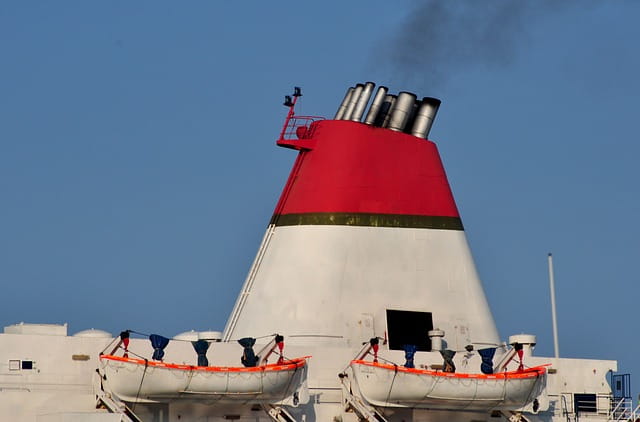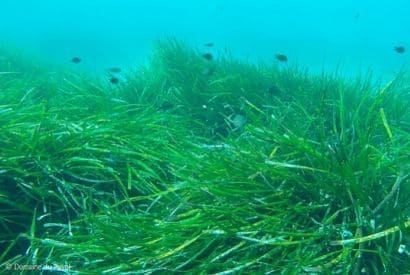Do cruise ships pollute more than all the cars in Europe?
Information often circulates that the 200 or so cruise ships in operation pollute more than the 260 million passenger vehicles circulating in Europe.

What's polluting?
In order to understand, it is necessary to know that on the one hand, boats use so-called "heavy" fuels, i.e. fuels that have not been refined. These fuels are loaded with sulphur, which is transformed into sulphur dioxide (SO2) after combustion and oxidation in the air. Cars, on the other hand, emit CO2 instead, and much more than ships, whether they are transporting people or goods.
Which of these fuels pollute the most?
Comparing the pollution of these two means of transport does not really make sense. If CO2 is a greenhouse gas, SO2 is not (or very little). Yet SO2 has other very harmful effects on the environment. First of all, it is a water-soluble gas. Thus, when it meets clouds, it will dissolve in them and produce acid rain. This acid rain is harmful both to humans, as it can cause irritation or mix with the water table, and to the environment, as it erodes the soil and changes its characteristics or directly attacks plants. The SO2 gas itself is a strong irritant acting on the mucous membranes of the skin or respiratory tract and representing a slight danger to human health.
What can we do?
In the end, the two are different but both pollute enormously. Moreover, in the Mediterranean, standards are less demanding than in other seas, and more than others as well. However certain cities efforts are being made. The Nice Côte d'Azur Metropolis, for example, is also committed to reducing the sulphur content of ferry fuel to 0.1% - well below the required standards - with the support of Corsica Ferries. At seaZen, too, we are committed by offering the our solar boat rentals certified without any emission.




